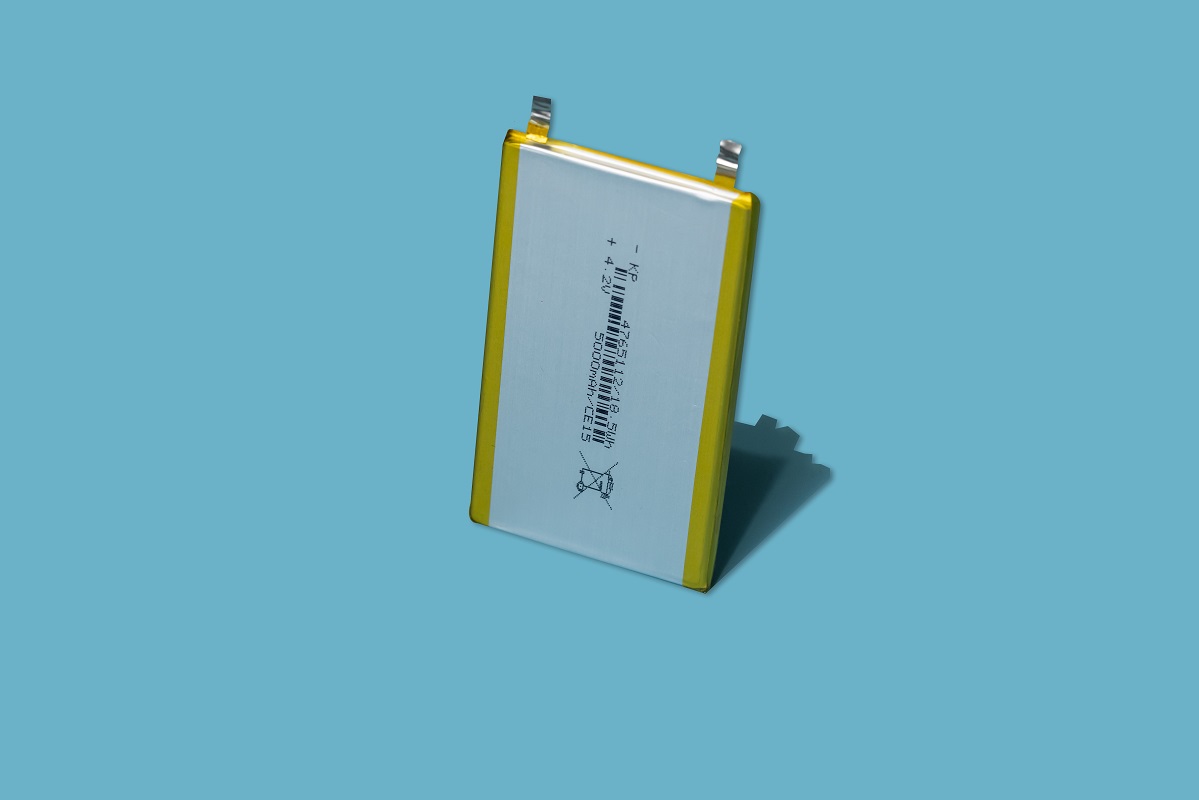The principle of lithium-ion polymer batteries
2021-06-09 10:07:16
There are two types of lithium-ion batteries: liquid lithium-ion battery and Lithium-ion polymer battery. Among them, liquid lithium ion battery refers to Li embedded compounds for the positive and negative secondary battery.Lithium compounds LiCoO2, LiNiO2 or LiMn2O4 were used for the positive electrode and LiXC6 was used for the negative electrode.

Polymer lithium-ion batteries work in the same way as liquid lithium, with the main difference being that the electrolyte is different from liquid lithium.The main structure of the battery includes three elements: positive electrode, negative electrode and electrolyte.The so-called polymer lithium ion battery means that at least one or more of these three main structures uses polymer materials as the main battery system.In the current developed polymer lithium-ion battery system, the polymer material is mainly used in the positive electrode and electrolyte.The anode materials include conductive polymer or lithium ion batteries used in inorganic compounds commonly, use solid electrolyte or colloidal polymer electrolytes, or organic electrolyte, lithium ion technology commonly used liquid or gel electrolyte, so need to accommodate combustible solid secondary packaging, the active ingredient, this increases the weight,It also limits the flexibility of size.Lithium-ion polymer processes have no excess electrolyte, so they are more stable and less prone to dangerous conditions caused by battery overcharging, collision or other damage, and overuse.
The new generation of polymer lithium ion battery can be thin in shape (ATL battery can be as thin as 0.5 mm, the thickness of a card), arbitrary area and shape, which greatly improves the flexibility of the battery shape design, so as to meet the needs of the product, made into any shape and capacity of the battery.It provides application device developers with a high degree of design flexibility and adaptability in power solutions to maximize their product performance.At the same time, the unit energy of polymer lithium-ion battery is 50% higher than the current general lithium-ion battery, and its capacity, charge and discharge characteristics, safety, operating temperature range, cycle life (more than 500 times) and environmental performance are significantly improved compared with lithium-ion battery.
-
skype
Zale Zhou
